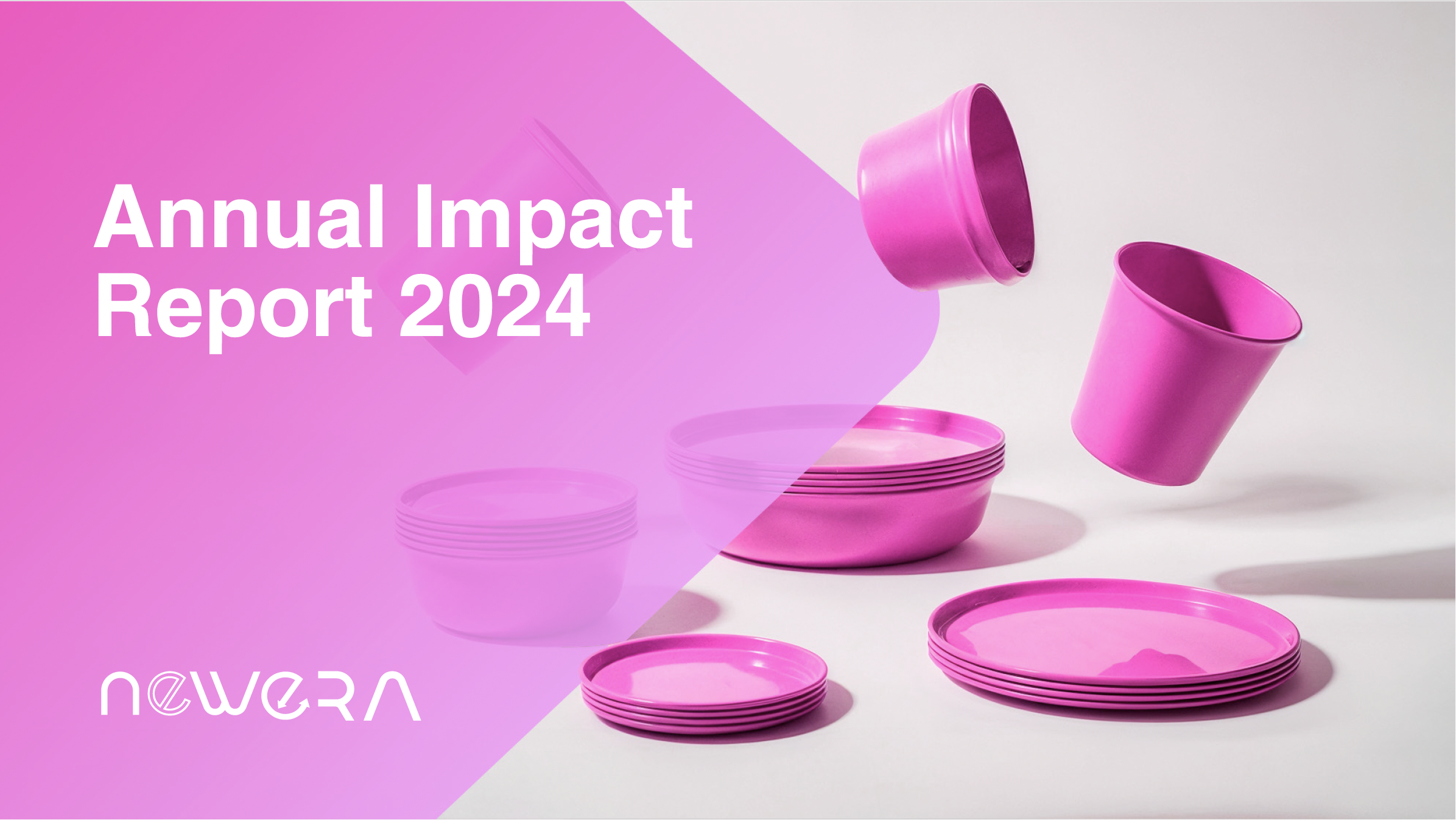
With the adoption of the Packaging and Packaging Waste Regulation (PPWR), reuse has been formally defined and anchored in EU legislation for the first time—an important step in accelerating the shift toward new packaging models across Europe.
Yet policy momentum alone does not guarantee implementation. As the sector moves toward scaling, businesses, policymakers, and investors need reliable data on performance, investment needs, environmental impact, and feasibility.
To help fill this gap, New ERA has published its first Annual Impact Report, offering a comprehensive, data-driven overview of its membership. Drawing on survey responses from member organisations, the report provides a clear picture of a sector that is maturing rapidly, grounded in industrial expertise and united by a shared commitment to circularity. Together with the European Reuse Barometer, the Annual Impact Report is strengthening New ERA’s commitment to building a consistent, reliable evidence base for the reuse sector.
New ERA membership’s sample reveals a reuse industry that is far from marginal. New ERA’s members operate across the entire value chain: manufacturing, pooling, traceability, software, logistics, washing, reconditioning, and beyond. Most organisations are active in several segments at once, underscoring the complexity and interconnected structure of reuse systems.
Geographically, New ERA’s membership also reflects a pattern: countries that introduced reuse policies early tend to be more represented within our network.
Understanding the economics of reuse remains one of the most important prerequisites for investment and policy development. The report provides an aggregated snapshot of financial trends across the sector.
The data highlights a sector making steady progress towards financial maturity, even as it navigates the challenges of building new infrastructure and business models. Investment needs remain significant, and the pathway to profitability varies across organisations and sectors. At the same time, reuse players are increasingly attracting external financing, signalling growing confidence among public and private actors.
The impact of reuse extends far beyond packaging. According to the report, New ERA members collectively support a substantial workforce spread across multiple roles and regions. Reuse-related activities are embedded across diverse functions — from logistics, cleaning, and quality control to design, data management, and customer-facing services — contributing to a distributed and skills-diverse labour market.
The environmental commitment remains strong, with the majority of members measuring their impact through tracking indicators such as carbon footprint, water usage, waste reduction, and single-use packaging avoided.
By aggregating data from across Europe’s reuse ecosystem, New ERA strengthens its ability to:
This first edition lays the foundation for a recurring, longitudinal study. Over time, annual data collection will reveal trends, shifts, and progress, helping build the evidence base that the European reuse transition urgently needs.
As Europe moves from policy ambition to practical implementation, one thing is clear: reuse is ready. Now we must support it with the right information, the right investment, and the right regulatory conditions.
The Annual Impact Report reflects the shared commitment of New ERA’s members to contribute data, insights, and expertise for the benefit of the entire sector. Their participation is what makes this work possible and what will continue to strengthen the voice of reuse in Europe.

